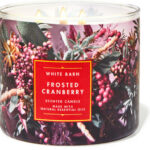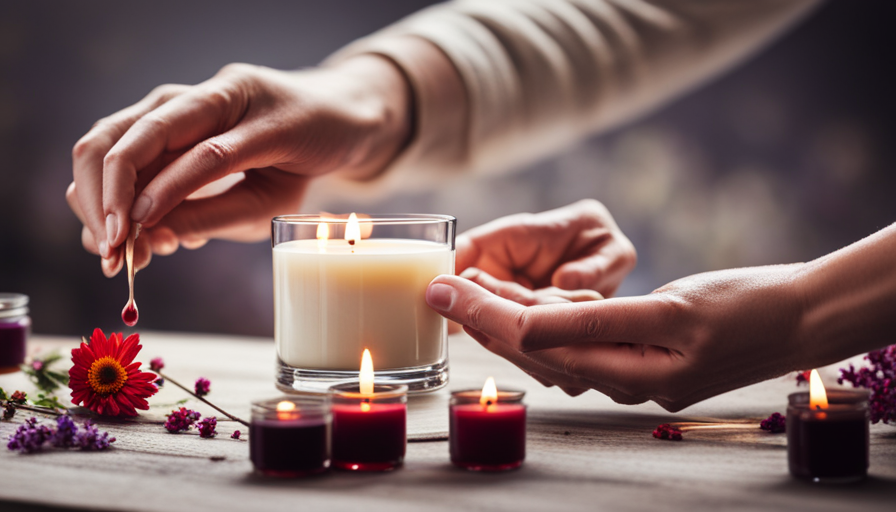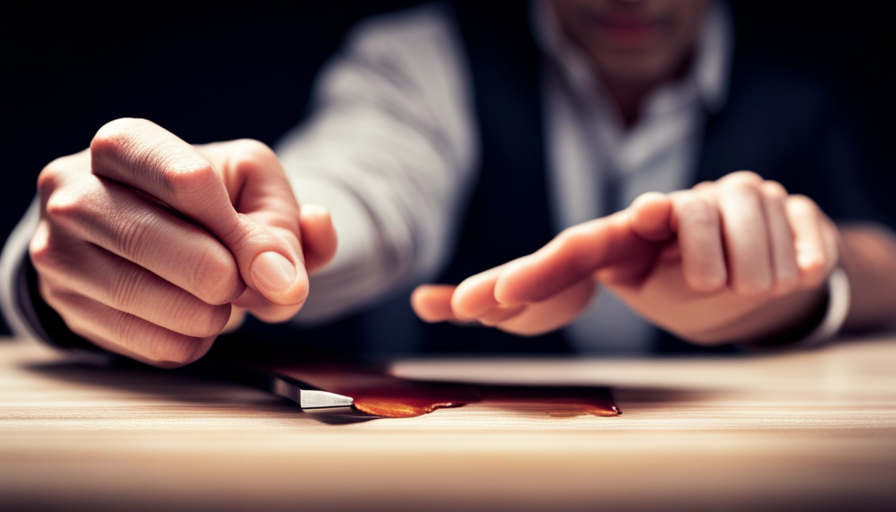
If you want your candle to burn consistently, you’re in the right place. Following some important guidelines is crucial to ensure your candle burns evenly all the way down. These tips are essential for achieving an even burn, particularly for candles that have multiple wicks.
Before lighting a candle, trim the wick.
To avoid excessive smoke, it is important to trim the candle’s wick before lighting it. It is best to use a wick that is a quarter of an inch or less. The flame may become too big if the wick is longer than that. This will cause the candle to not burn evenly.
A well-trimmed candle will produce a clean flame. Untrimmed wicks will cause a smoke alarm and make the candle smell smoky. It is also possible to burn a candle that has built up too much carbon, which will create a smoky odor.
Trim the wick to ensure that your candle burns evenly. This will improve the overall quality of the burn and prolong the life of the candle. A long wick can interfere with the process of gas and wax transformation, creating an uneven flame. Excessive soot can also cause problems.
To burn a candle more evenly, make sure the wick is between three and five millimeters long. This can be done with a pair of scissors. Trimming the wick will extend the life of your candle 2 to 3 times. Before you use your candle for the first time, make sure you do this.
Candles can be dangerous so they should not be used in drafty areas. Drafts will cause the flame to be uneven and may even extinguish it completely. Also, be sure to allow the candle to cool for two hours before lighting it again. A candle should also not be burned more than four hours without rest. If you want to keep the candle burning for more than four hours, remove it from its container and let it cool. It will burn too fast and leave behind soot and smoke if it is not taken care of.
Trimming the wick before burning a candle is a simple process that can save you a great deal of trouble in the long run. You can trim the wick with a pair of scissors or nail clippers before lighting it. To remove any debris, clean the wick after trimming it. After the wick has been cleaned it is time for the candle to be lit. To ensure an even burn, make sure to leave a half-inch of wax in the jar.
Trim the wick before burning a pillar candle
If you want to burn your pillar candle evenly, you must trim the wick before lighting it. The wick should be approximately 1/4 inch longer than your candle’s diameter. The wick is the portion of the candle that extends above the wax pool. This will prevent the wick from becoming tunnel-shaped and causing flame spikes.
A pillar candle should be burned within a quarter inch of its edge in order to burn evenly. Be sure to burn the candle slowly, and avoid burning it for too long. The wick can become too dry if it is burned for too long. Also, make sure that the wax pool is free of debris, as it can clog the wick. Check the candle periodically to see if the wick is dripping or is burning too fast.
Scrape the melted wax off a pillar candle using a paper towel or cotton ball. To ensure even burning, make sure the wick is not below the melt pool. You should also put the pillar candle in a holder that is cupped to hug the edges. This way, the wick won’t tunnel and will be able to burn evenly.
If your pillar candle is too short, trim the wick before you light it. This will ensure an even burn with fewer soots. Using nail clippers can help you with this. As a general rule, the wick should be about the width of your little finger. For the first burn, make sure to burn the candle for two to three hours. This will maximize the fragrance throw and prevent the candle from “tunneling” in the middle.
Also, make sure to burn your candle in an even spot away from windows and drafts. An uneven burn can cause dangerous conditions. The wick should be approximately half an inch in length if you want your candle burn evenly. Your candle will overheat and tunnel if it is too long. The wick will also be more likely to float.
















